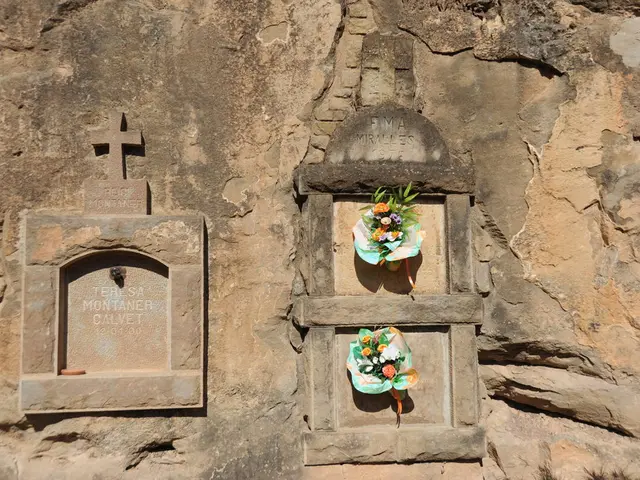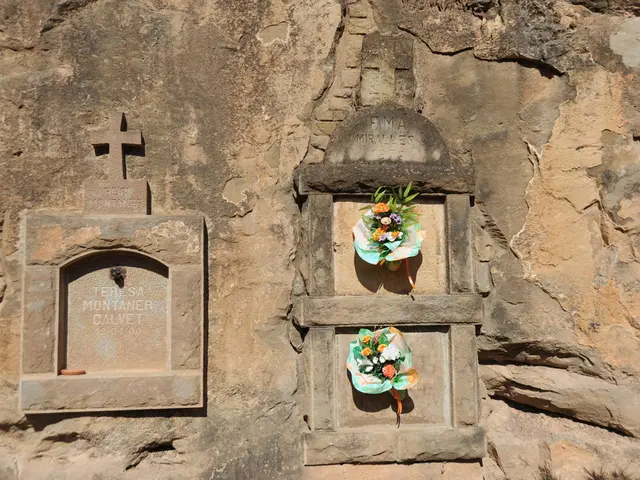Trump administration hinders Tribal renewable energy endeavors
The Department of Interior's (DOI) recent directive, requiring a multi-layered review and approval process for wind or solar energy projects on federal land, has raised concerns among Tribal communities and clean energy advocates.
The directive, issued in July, includes 68 specific actions and "any other similar or related decisions." This added layer of review is causing delays and uncertainties for Tribal clean energy projects, according to Dr. Crystal Miller, who leads policy and government relations for the Alliance for Tribal Clean Energy. She described the memo as a "re-institutionalization of paternalism over Tribal Nations."
The Bureau of Indian Affairs (BIA) issued a solicitation for proposals for energy and mineral resource projects, with an $8.5 million grant called the Energy and Mineral Development Program. However, only one Tribe applied for funding to build clean energy, highlighting the challenges Tribes face in accessing capital and federal programs.
These challenges mirror those faced by the Alliance for Tribal Clean Energy with the DOI. The organisation is questioning whether any federal funding at all will be available for clean energy on Tribal lands.
Tribal communities endure 6.5 times more outages than the national average. Solar energy projects are often the most accessible forms of energy for a Tribe to build, reducing utility bills and providing electricity for the first time in some instances. However, the additional review layer and delays caused by the DOI memo could potentially delay or block these projects.
As a result, the conversation is shifting to finding alternative sources of funding for clean energy projects on Tribal lands. The Alliance for Tribal Clean Energy is calling on Tribes to reach out to their representatives and request clarification from the Department of Interior that Tribes are not included in the new review requirements.
Major sources of funding for clean energy projects on Tribal land, including the EPA's Solar For All program, the Grid Deployment Office's Tribal Transmission Infrastructure Planning Program (T-TIPP), and the Grid Resilience Formula Grant, are uncertain or in limbo. The Grid Resilience Formula Grant, which offers $2.3 billion over five years for grid resiliency projects, has about $1 billion left, but its funding is in limbo as of August.
The delays caused by the DOI memo are clearing the way for fossil fuel projects that are not subject to equivalent secretarial-level oversight. This could further exacerbate the climate change impacts on Tribal communities, which are already disproportionately affected by environmental degradation.
As of January, there were at least 48 wind, solar, and generator tie line projects proposed on public land, totaling 25.4 gigawatts of power. The DOI memo is already having a dampening effect on Tribal activity at the federal funding level, with some Tribes being discouraged from applying for funding opportunities.
The Department of Indian Energy, which supports federally recognized Tribes in executing energy projects, has expressed concern that the memo could stonewall wind and solar energy projects seeking funding. The situation underscores the urgent need for clear and supportive policies to enable Tribal clean energy projects, reducing outages, and providing a more sustainable future for Tribal communities.
Read also:
- Andrew Stunell joins in celebrating equality with graduates from a pioneering mentorship program.
- Social Inequality and Class Oppression in the Train-Bound World of Snowpiercer
- Kamala Harris, the previously serving Vice President, announces her current politically-related choices- temporarily.
- U.S. Economic Trend: Insights on Stagflation and Potential Approach








